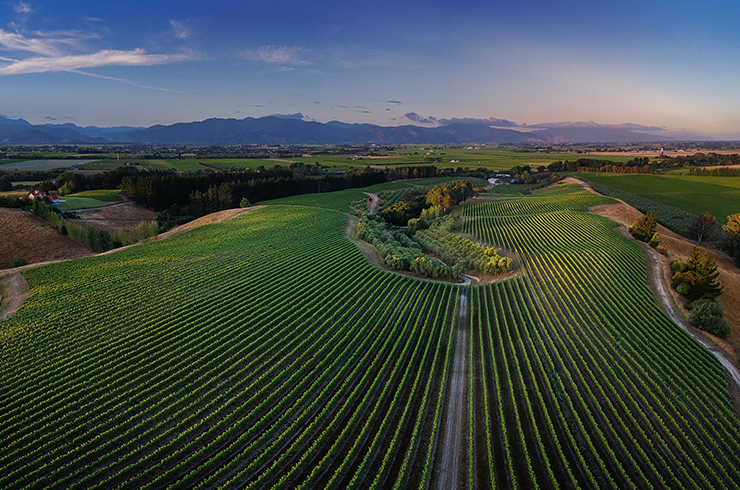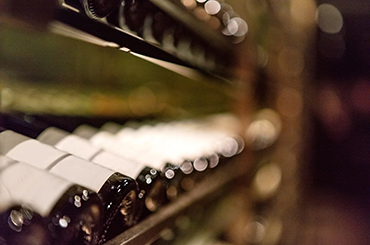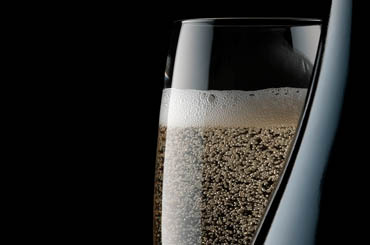Some people remember their first Burgundy and how it changed their lives. Me? Well, such a moment happened with an Italian white. The wine was a carricante – an autochthonous variety from Mt Etna, Sicily’s active volcano, that produces complex, ultra-minerally whites.
The right climate
One reason carricante is fabulous, apart from being so beguiling, is its natural acidity. For the viticultural conditions of our warming island, natural acidity is a particularly good thing. To get it, you plant appropriate varieties to the correctly chosen site. The bad news for Australian grape growers is that carricante is not available yet, but many others are, such as vermentino and fiano. Given they originate from warm-hot climates, Sardinia and Campania respectively, they also cope well here. McLaren Vale, for example, has morphed into a Mediterranean hub, and these varieties fit brilliantly into that landscape.
Diverse styles
Vermentino is crisp, linear and refreshing, with its lemon-saline flavour, whereas fiano is textural, spicy and floral. Both beautifully highlight the diversity of Italian varieties. Then there’s greco, which hails from Campania and has zest and steely acidity – irresistible, especially when winemaker Briony Hoare of Beach Road Wines describes her fermenting greco as “smelling like a lime daiquiri”.
Australia also has small plantings of arneis, verdicchio and friulano, and the resulting wines are worth tracking down, as they come from cooler Italian regions and offer different flavour profiles. Arneis is a Piedmontese grape, and while it’s not the most complex, it’s a lovely, delicate drink.
Pairing potential
Aside from their diversity, Italian wines usually have a savoury edge, making them easy to enjoy on their own but especially with food. Think vermentino with sardines or sushi (or any seafood for that matter), greco with calamari, or fiano with a caprese salad – fresh mozzarella, ripe tomatoes and basil drizzled with olive oil and sprinkled with salt. Fiano also handles spice and chilli-heat well, so consider matching it to south-east Asian cuisines. Arneis goes great with antipasto like arancini or grissini wrapped in prosciutto. More textural styles of prosecco, such as the moreish Col Fondo by Michael Dal Zotto in the King Valley, make the perfect foil to pork buns.
As a suggestion, don’t view Italian whites as alternative varieties, but rather as wonderful wines in their own right. Don’t be afraid. Put down that glass of New Zealand sauvignon blanc and opt for a locally made vermentino or fiano. You never know, it might just change your life.





